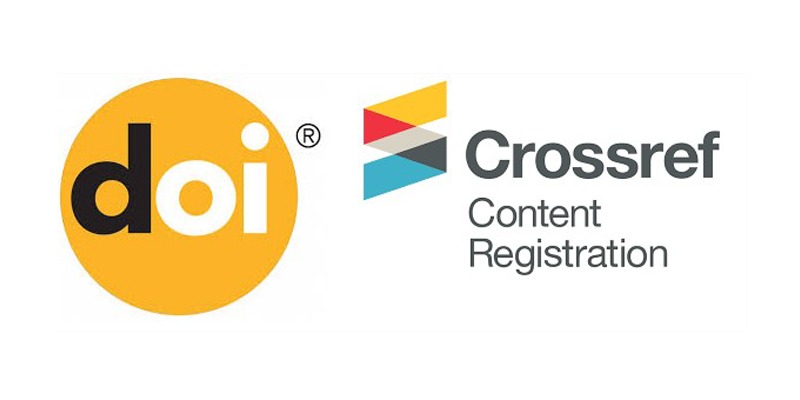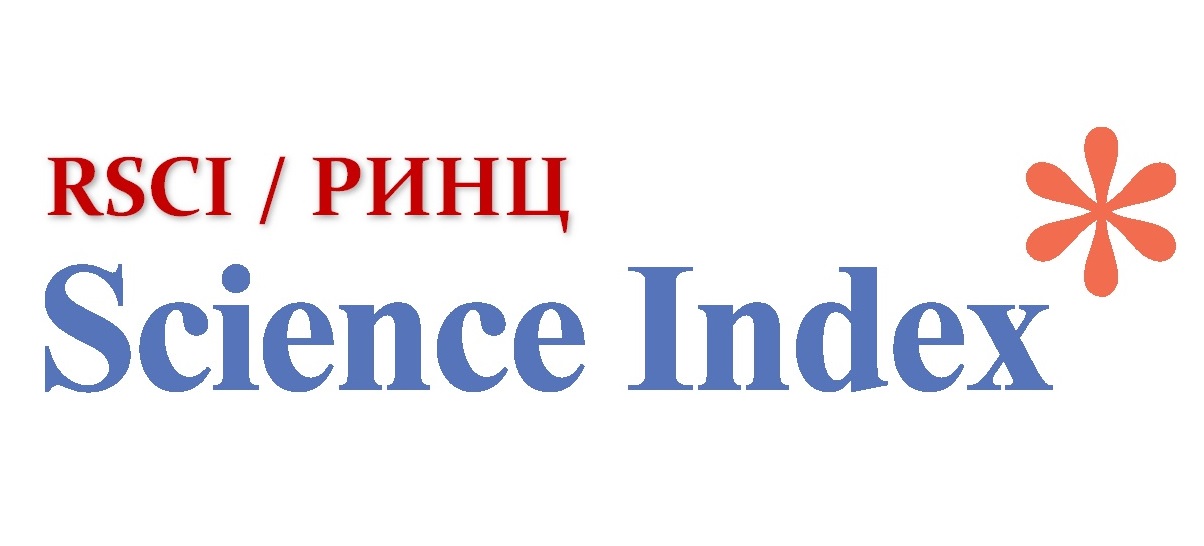On the issues of legal liability of customers and organizers of public procurement
Views: 144 / PDF downloads: 51
DOI:
https://doi.org/10.32523/2616-6844-2025-152-3-85-104Keywords:
procuring entity, legal responsibility, transparency, law enforcement, principles of public procurementAbstract
In this article, the authors examine the theoretical and practical aspects of the legal responsibility of procuring entities and organizers of public procurement.
Purpose of the article – to analyze the legal responsibility of public procurement entities, identify problems, and develop proposals for their improvement.
Main research areas: theoretical foundations of legal responsibility in public procurement, regulation of responsibility for procuring entities and organizers, practical issues, and improvement of responsibility mechanisms. Key ideas – defining the boundaries and criteria of responsibility, eliminating legal conflicts, improving legislation, and preventing violations.
Brief description of the scientific and practical significance of the study. The article is intended for researchers, lawyers, civil servants involved in the regulation and supervision of public procurement, as well as anyone interested in improving transparency and legality in this field.
Brief description of the research methodology. The study requires a comprehensive analysis; therefore, both general scientific and special empirical and theoretical research methods were applied.
Main research findings and conclusions. The analysis identified gaps in legislation and examined law enforcement practices. Conclusions were formulated on the further improvement of legislation and enhancement of the responsibility of procuring entities.
This study makes a significant contribution to improving the mechanisms of responsibility for procuring entities and organizers of public procurement. It is distinguished by its scientific novelty and high practical relevance.
Practical significance of the results. The findings can be used by procuring entities, suppliers, courts, law enforcement, and regulatory authorities.






